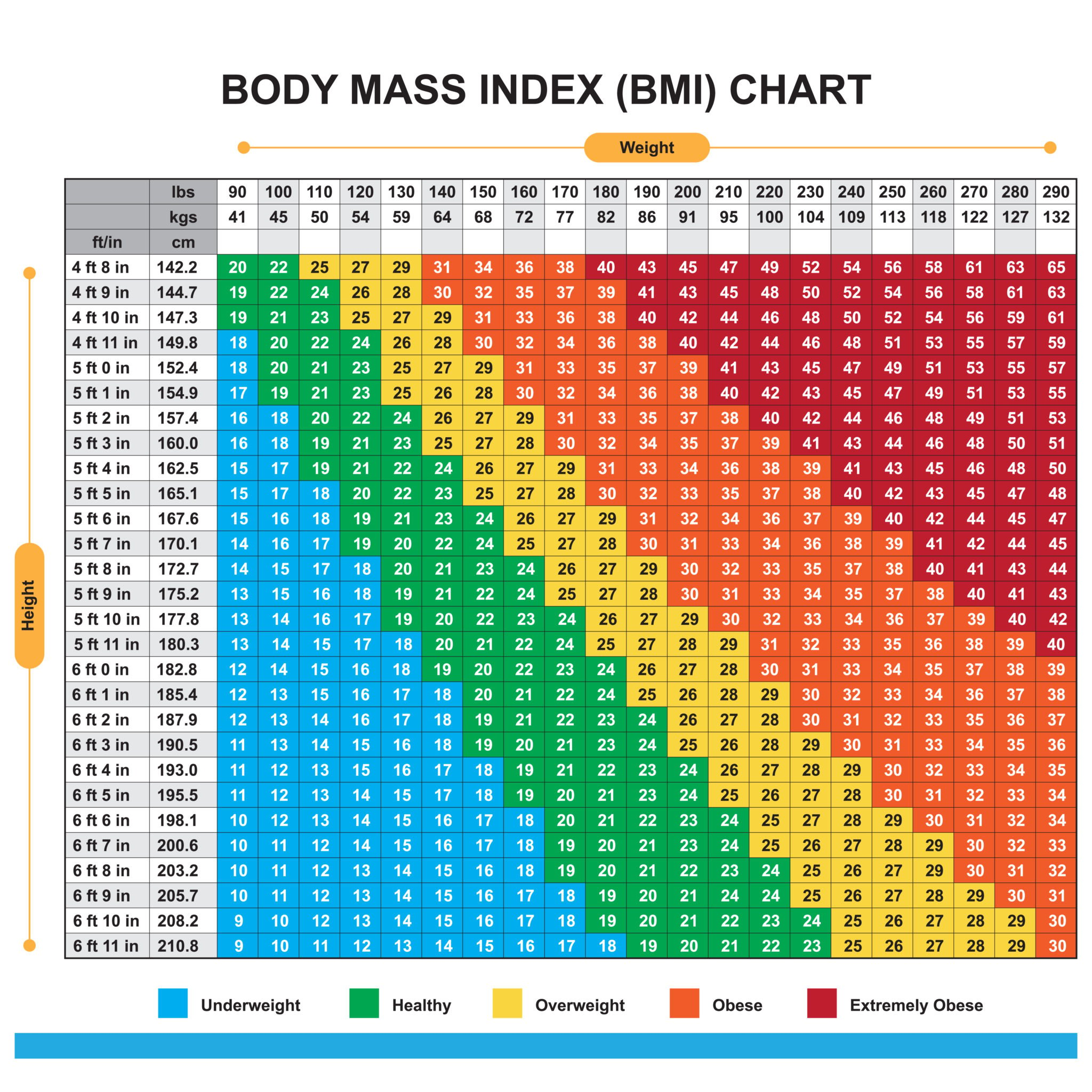

Ghrelin is secreted by the stomach in response to gastric distention by food and is important in appetite control. Leptin is also important in modulating sensitivity to insulin in target tissues, and high leptin levels can result in marked resistance to some insulin effects. Rare patients with genetic leptin deficiency are morbidly obese, but most obese patients have relatively high levels of leptin, suggesting that their hypothalamic receptors are resistant. Leptin is a protein hormone produced by adipocytes that interacts with hypothalamic receptors to decrease appetite ( Fig. The mechanisms underlying increased cancer risk are less clear, but increased oxidative stress (free radicals produced by a high-calorie diet and excess oxidation of fatty acids in adipose tissue) may contribute to carcinogenesis.Īlthough the excess morbidity associated with obesity is clear, the causes of obesity are much less well understood. Obese individuals are also at increased risk for the development of colon and prostate cancer as well as other forms of malignancy. The incidence of NASH is increasing rapidly and in some patients evolves to hepatic cirrhosis with liver failure.

Nonalcoholic steatohepatitis (NASH) is much more likely to develop in obese individuals and diabetics ( Fig. Obesity is also associated with increased levels of low-density lipoprotein cholesterol and triglycerides in the blood, which are major risk factors for atherosclerosis. Abnormal deposits of adipose tissue in obese patients are important causes of insulin resistance, which is a major factor in the development of type 2 diabetes. Obesity is epidemic in the United States and is a major contributing factor to death from atherosclerotic cardiovascular disease and diabetes mellitus. 6 However, studies concur that risk is increased for class II (BMI >35 kg/m 2) or higher-magnitude obesity. Overweight and even class I obesity was not associated with increased mortality in a report on the National Health and Nutrition Examination Survey data collected between 19. The precise magnitude of excess weight associated with increased mortality risk remains somewhat unclear. As BMI rises, mortality increases, as increased fat increases risk for diabetes, cardiovascular disease, liver disease, cancer, sleep apnea, arthritis, and other diseases. Increased mortality at lower BMI may represent the contribution of smoking eating disorders and chronic disease states such as heart failure, cancer or malabsorption. The relationship between BMI and comorbidity is visualized in Fig. Other as yet unidentified factors predispose some individuals to metabolic consequences early in life, whereas in some, comorbidities evolve later, after decades of obesity. Furthermore, individuals classified as obese may be healthy without any comorbidity. BMI calculations do not factor muscle mass so that at any given weight, an individual with greater muscle mass will be less liable to comorbidities. However, BMI is an imperfect index of excess fat. Table 40.1 summarizes the classification of weight status by BMI proposed by the major national and international health organizations. Underweight, normal weight, overweight, and obesity are defined on the bases of increased risk for mortality and predisposition of comorbidity. The current practical definition of obesity is determined by calculating body mass index (BMI), by dividing an individual’s weight in kilograms by the square of height in meters (BMI = weight /height ). Obesity represents an unhealthy excess in body fat mass. Shlomo Melmed MB ChB, MACP, in Williams Textbook of Endocrinology, 2020 Body Mass Index


 0 kommentar(er)
0 kommentar(er)
